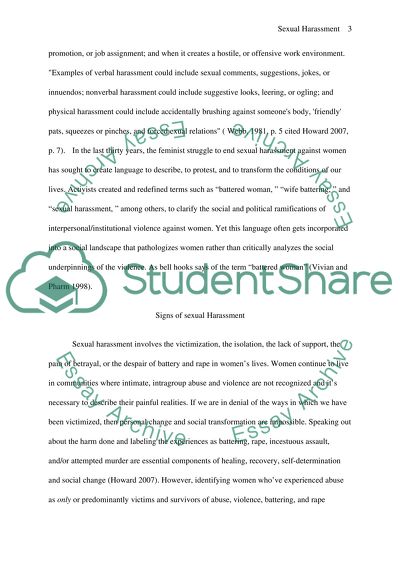Cite this document
(“Sexual harrassment Essay Example | Topics and Well Written Essays - 2000 words”, n.d.)
Retrieved from https://studentshare.org/miscellaneous/1500941-sexual-harrassment
Retrieved from https://studentshare.org/miscellaneous/1500941-sexual-harrassment
(Sexual Harrassment Essay Example | Topics and Well Written Essays - 2000 Words)
https://studentshare.org/miscellaneous/1500941-sexual-harrassment.
https://studentshare.org/miscellaneous/1500941-sexual-harrassment.
“Sexual Harrassment Essay Example | Topics and Well Written Essays - 2000 Words”, n.d. https://studentshare.org/miscellaneous/1500941-sexual-harrassment.


